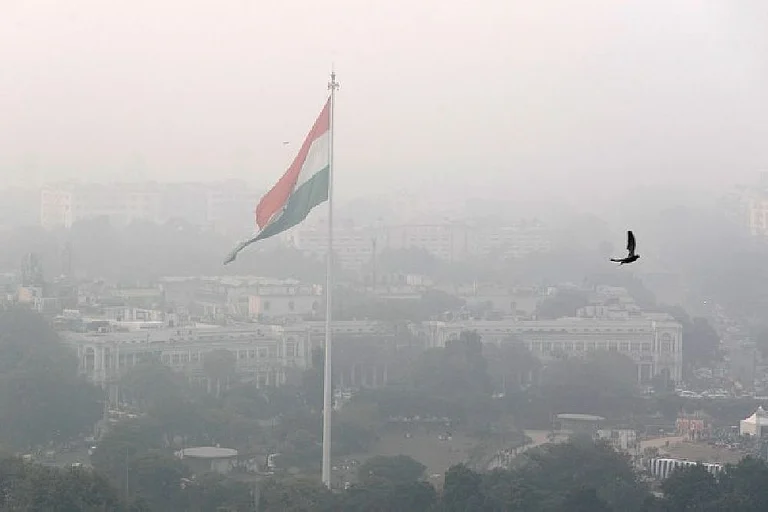Indian Space Research Organization (ISRO) successfully launched its rocket carrying payloads related to crew safety in Gaganyaan mission from Sriharikota in revised launch schedule on Saturday.
Earlier today, ISRO aborted the Gaganyaan mission just five seconds before launch as the computer incharge of the launch command identified an anomaly. ISRO said that it would review the issue and identify the anomaly.
According to ISRO Chief S Somnath, something triggered the computer to withhold the launch.
"We will manually analyze the anomaly," he added.
India was gearing for the launch of an uncrewed flight test as the Indian Space Reasearch Organization (ISRO) on Friday began the 13-hour countdown ahead of marching towards a mission which is considered as a crucial stepping stone for sending astronauts into space.
In this ambitious space project, a single-stage liquid propulsion rocket, equipped with a Crew Module and Crew Escape System, was lifted off from the first launch pad at the spaceport at 10:00 am on Saturday.
All about the mission
ISRO's test vehicle mission Gaganyaan is designed to study the safety of the crew module and crew escape system that will be deployed in bringing Indian astronauts back to Earth in the eventual Gaganyaan mission. The Gaganyaan mission aims to send humans into space on a Low Earth Orbit of 400km for a three-day mission and bring them safely back to earth in 2025.
The test vehicle mission with this crew module is a significant milestone for the overall Gaganyaan programme as a nearly complete system is integrated for the test tomorrow.
The success of this test flight would set the stage for the remaining qualification tests and uncrewed missions, leading to the first Gaganyaan programme, ISRO said.
About the module
The crew module and the crew escape system are the payloads in the rocket. The crew module is a habitable space with an Earth-like environment in space for the crew. It consists of a pressurised metallic 'inner structure' and an unpressurised 'external structure' with 'thermal protection systems'.
In the first test flight on Saturday, the crew module would capture flight data for evaluation of the performance of various systems onboard, enabling the scientists to gain knowledge on the performance of the vehicle.
The entire test flight sequence on Saturday is expected to be brief as the Test Vehicle Abort Mission (TV-D1) will launch the crew escape system and crew module at an altitude of 17 km which are expected to make a safe touchdown in the sea, about 10 km from Sriharikota on India's eastern coast.
They would later be retrieved by the Navy from the Bay of Bengal.
Through this campaign, scientists aim to ensure the safety of the crew who would actually be sent in the crew module on an LVM-3 rocket during the Gaganyaan mission.


























